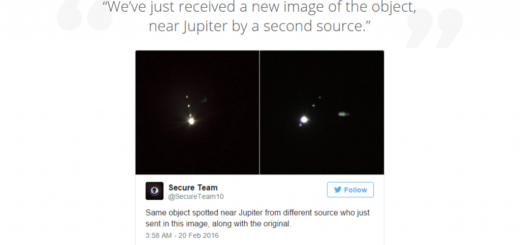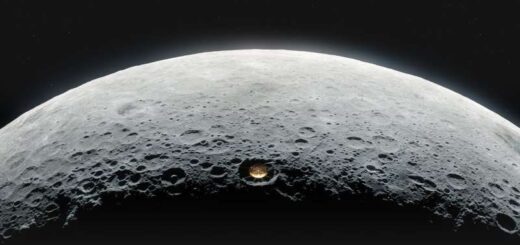Scientists Confused after Cosmic Radio Waves Detected from Outer Space

By News Nation Bureau
What has added to the mystery about alien life is the detection of the cosmic radio waves known as Fast Radio Bursts. This comes 16 years after the first ever radio bursts on record were detected in 2011.
Researchers have been studying these signals since then.
Amid the debate over the existence of aliens, radio waves coming from an unknown source in the space have yet again left the scientists puzzled and confused.
What has added to the mystery about alien life is the detection of the cosmic radio waves known as Fast Radio Bursts. Though the Fast Radio Bursts disappear within a few milliseconds but they are about a billion time brighter than any such things ever observed in the galaxy.
On July 24, 2001, the Parkes Observatory received the first fast radio burst Lorimer Burst FRB 010724 (Year/Month/Date format of receiving the signal), Since 2007, several FRBs have been added.
On January 19, 2015, astronomers at Australia’s national science agency (CSIRO) recorded the next major radio burst. The Parkes Observatory observed it live for the first time, while the latest one recorded was in April 2017.
Manisha Caleb from the updated Molonglo Observatory Synthesis Telescope (UTMOST) denied the possibility of our own terrestrial interference. The UTMOST is located about 350 km south of Parkes near Canberra. According to Caleb, the telescope can only manage to detect transmissions that have origin beyond the atmosphere of the Earth, from 10,000-km away, hence they are not terrestrial.
UTMOST, a 778-metre-long parabolic cylindrical antenna array, has 352 independent antennae, 7,744 ring antennae. The UTMOST has helped the scientists to make use of the technique of interferometric detection to calculate the minimum distance of FRBs.
Led by Professor Matthew Bailes, the revamped synthesis telescope is being used to find the source of FRBs. The telescope has been equipped with a new supercomputer system that allows scientists to see observations in real time and the colossal 1,000 terabytes of data produced daily to be sifted and processed.
According to Manisha, the origin of three distinct FRBs has successfully been identified by her team. “The telescope has literally been reborn and transformed exclusively to search for these Fast Radio Bursts,” she said. “We have scientifically confirmed that FRB’s are extra-terrestrial.”
Scientists are puzzled about the reason for such waves and not on the source for signals from the galaxy. Some scientists have the view that these signals could be the sounds taking place from the colliding of stars in distance galaxy. However, they also claim that it could be artificially created alien messages or extraterrestrial intelligence.
Scientists have so far detected 22 FRBs on record, however, astronomers claim that anywhere between 2,000 to 10,000 FRBs could be emanating from the space every day.
“We spent a lot of time with a lot of telescopes to find anything associated with it. We got new wavelength windows we’ve never gotten before. We’re still trying to figure out where this one came from,” Emily Petroff, who is leading the on-going study told Gizmodo.



 Creators of mankind
Creators of mankind Description of “Tall white aliens”
Description of “Tall white aliens” Where they came from?
Where they came from? About hostile civilizations
About hostile civilizations The war for the Earth
The war for the Earth “Tall white aliens” about eternal life
“Tall white aliens” about eternal life Video: “Nordic aliens”
Video: “Nordic aliens” Aliens
Aliens Alien encounters
Alien encounters The aliens base
The aliens base UFO
UFO Technology UFO
Technology UFO Underground civilization
Underground civilization Ancient alien artifacts
Ancient alien artifacts Military and UFO
Military and UFO Mysteries and hypotheses
Mysteries and hypotheses Scientific facts
Scientific facts


















